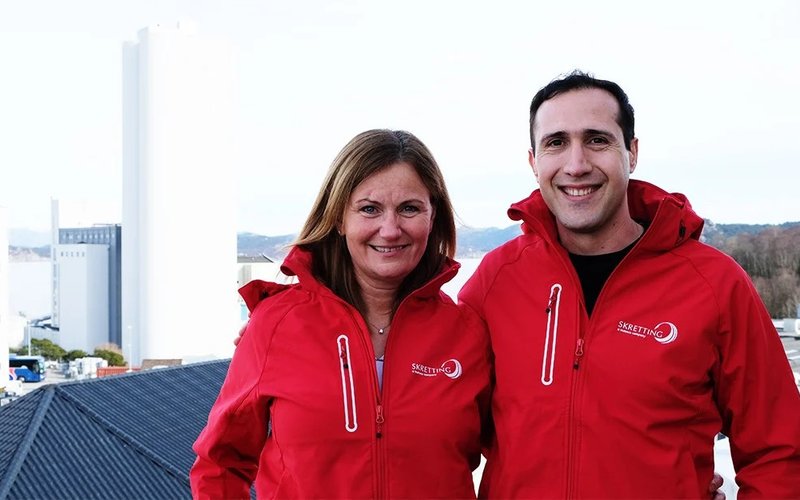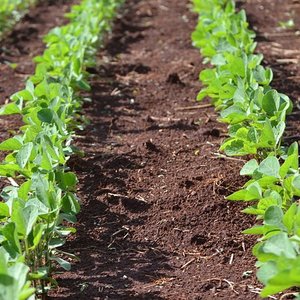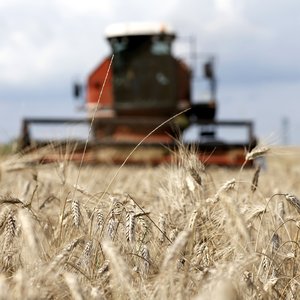With feed emissions representing up to 80% of aquaculture’s greenhouse gas emissions, feed companies and the wider aquaculture value chain must prioritize the reduction of these impacts. Skretting’s annual Sustainability Report 2021 not only identifies the actions the company is taking to reduce the carbon footprints of its feed solutions, but also defines the main challenges and provides specific examples for each stage of the life-cycle of its products. These include ingredient production and transportation, alongside the manufacture, packaging, delivery and use of its feeds through to end-of-life.
While many stakeholders today predominantly use carbon footprints to evaluate feed sustainability, Skretting recognizes that sustainability is multi-dimensional, and as such, the different trade-offs of ingredients and feeds need to be evaluated so that environmental and social impacts are also factored in. With this deeper understanding, the new report scrutinizes these elements much more closely – openly sharing the different challenges presented by each life-cycle stage.
“We have seized this opportunity to be open and frank about how we aim to address dilemmas, the opportunities that we intend to embrace and where we have identified room for improvement. This report also allows us to be accountable for those actions,” said Therese Log Bergjord, CEO of Skretting.
As the report illustrates, evaluating in such a manner is far from straightforward and sometimes difficult decisions need to be carefully made based on value choices. A prime example of this is whether it’s better to accept a higher water footprint or a higher impact on biodiversity loss in exchange for a significantly lower carbon footprint, and if so, to what extent?
Furthermore, and acknowledging that these value choices cannot be made by any single entity, it describes how Skretting is actively working on a pre-competitive level with its suppliers, customers, competitors and other stakeholders to overcome any such challenges.
“We’re underscoring the power of collaboration, and emphasizing that to drive transformational changes across our industry, we must work closely with our customers, suppliers, NGOs, certification bodies, and all the other relevant stakeholders with that we interact with. In this regard, our sustainability story cannot be written from only our perspective, which is why we invited a group of key industry representatives to share their views in this report on a wide range of key topics, including transparency, marine ingredients and soy sourcing, certification, and environmental, social and governance risks. These external contributions are extremely insightful and we are very grateful for them,” said Jorge Diaz, sustainability manager at Skretting.
Other highlights included in this latest report are the progress on the different targets set within the Sustainability Roadmap 2025 and its three pillars: Health & Welfare, Climate & Circularity and Good Citizenship.
Check out the report here.










